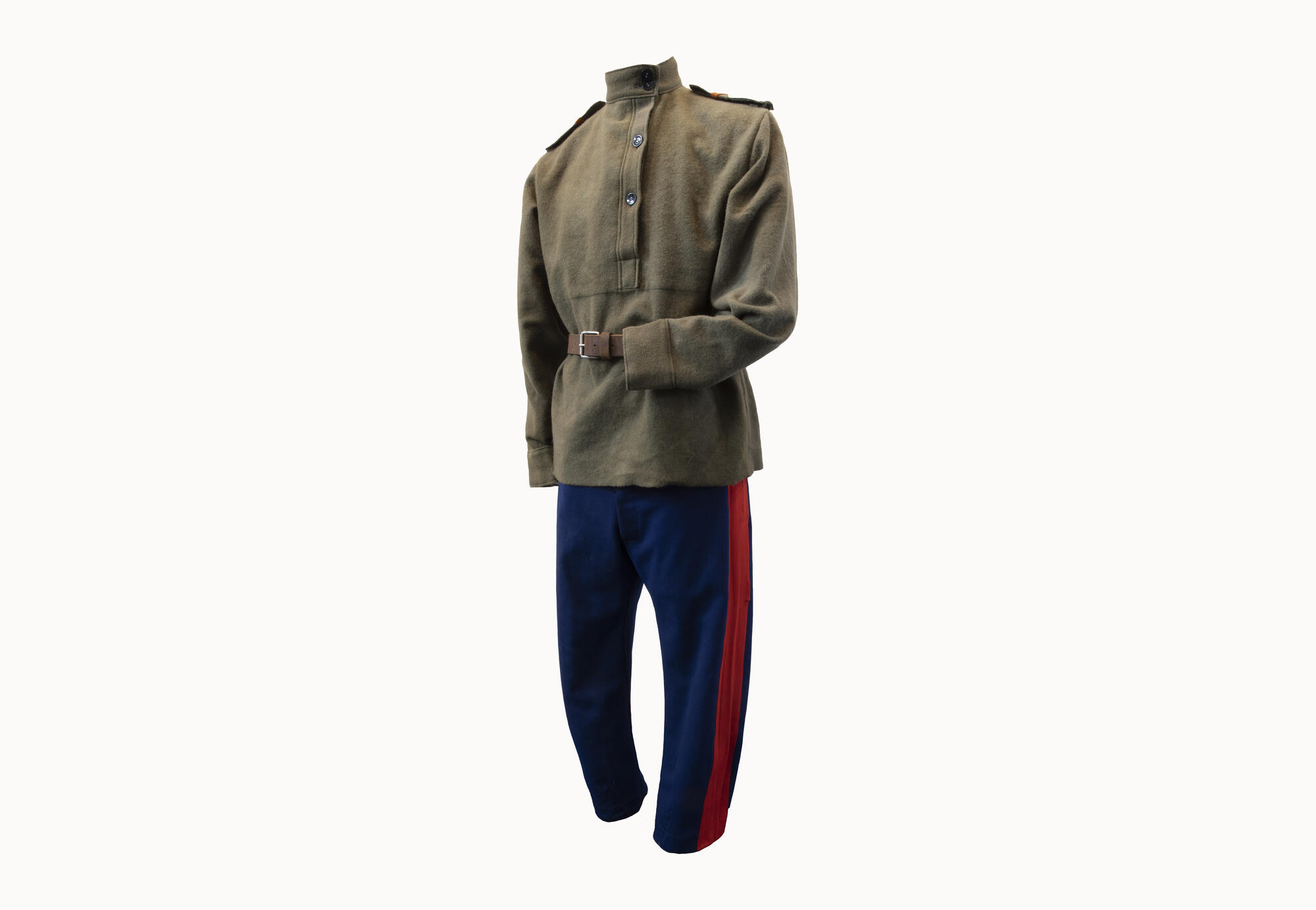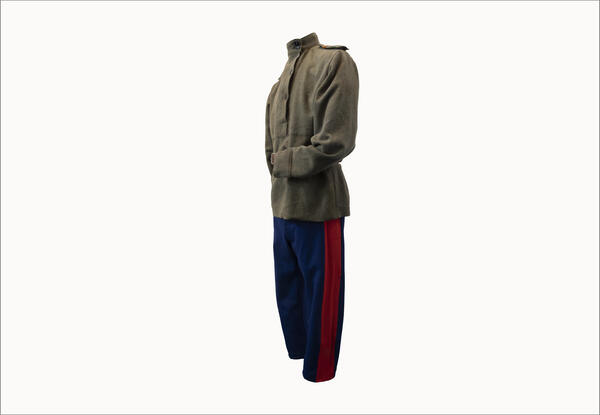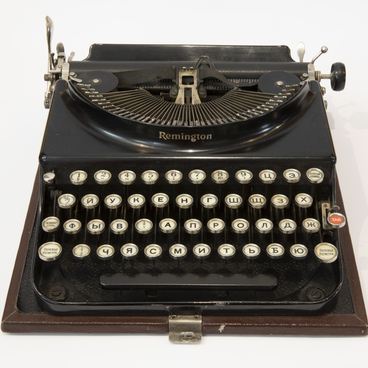Along with the zipun coat, the chekmen jacket, the beshmet tunic, and the burka cloak, the sharovary trousers constituted traditional Cossack clothing. Its style was formed in the 16th and 17th centuries under the influence of various cultures. As a result, a Cossack uniform consisted of a unique combination of Russian, Circassian, Tatar, and Turkish clothes. Over time, the military uniform became the main type of clothes for men. A Cossack had to pay for it himself but could wear it on an everyday basis even after retiring. The upper garments varied depending on the situation and the season, while the same trousers could be worn in almost any situation.
First and foremost, the Cossack clothing needed to be convenient. The sharovary clothes fulfilled this requirement: they did not hamper movements, a Cossack could easily swing himself into the saddle, and the trousers were suitable for long marches. It is with good reason that these trousers had withstood the test of time: they were worn by Indian and Chinese warriors, Scythian nomads, and others. Moreover, unlike skinny trousers, sharovary provided ventilation which was useful in hot weather.
While working, the Cossacks wore shirts of various colors and sharovary, or alternatively straight dark trousers. Sharovary had a belt, a button fly, and two pieces slightly narrowing at the shins. The Don Cossacks also wore special festive trousers which always had red stripes. The colored stripe with a width of around five centimeters was sewn onto the outside seam of the trousers.
In rare cases, everyday working trousers did not have colored stripes alongside them. However, since the stripes were considered a distinctive feature of Cossacks, they were sewn onto almost all trousers. In his novel “And Quiet Flows the Don”, Mikhail Sholokhov repeatedly emphasized the attitude of the Cossacks to this small detail, “Why’re you wearing trousers without stripes? Written yourself off as a muzhik, eh? We won’t let you!” (Book 4, Chapter 9).
The trousers were made of dense high-quality cloth of various colors: dark blue in the Don region, black in Kuban, and gray in the Urals. The color of stripes also varied depending on the region.
If a Cossack wore chiriks, the moccasin-type shoes, instead of boots, the trousers were tucked into white woolen stockings.
From the age of fourteen, young Cossacks wore the same clothes as the adults: kosovorotka shirts and sharovary trousers. They only needed to persuade the adults to sew on the stripes onto their trousers as soon as possible.




